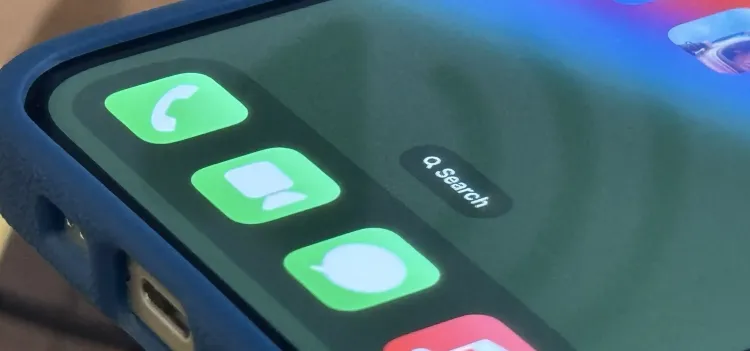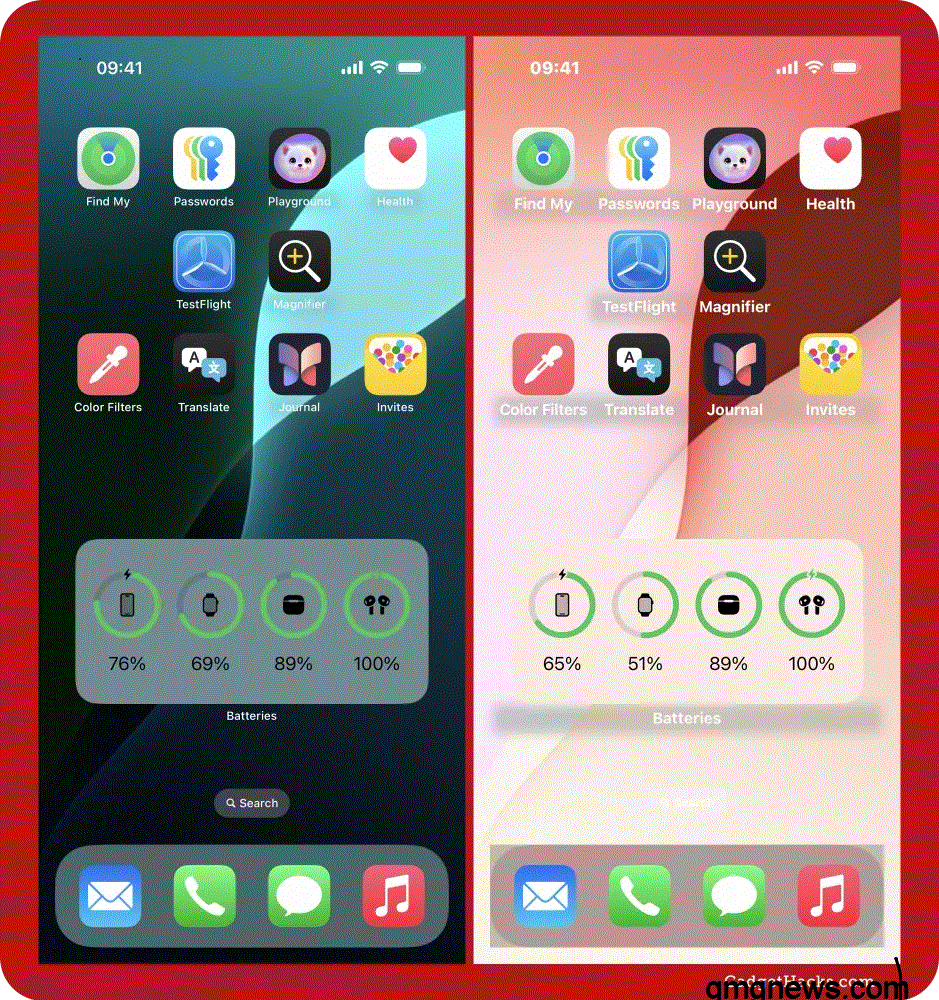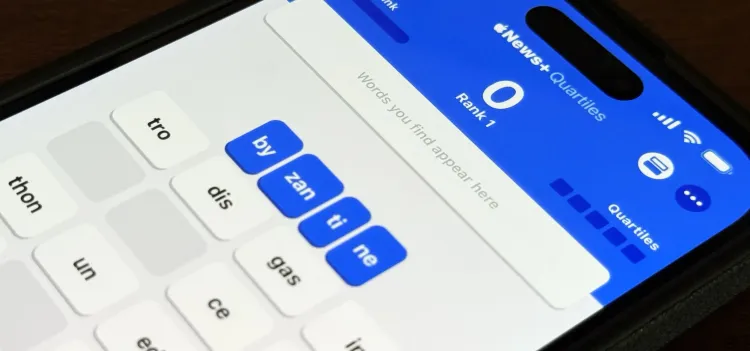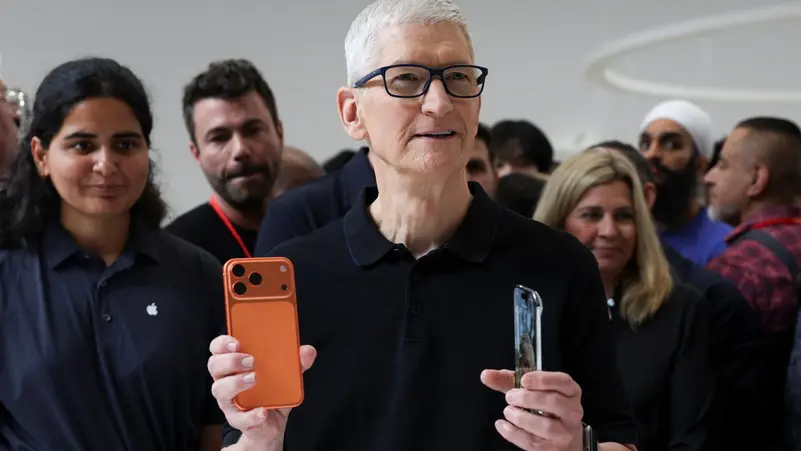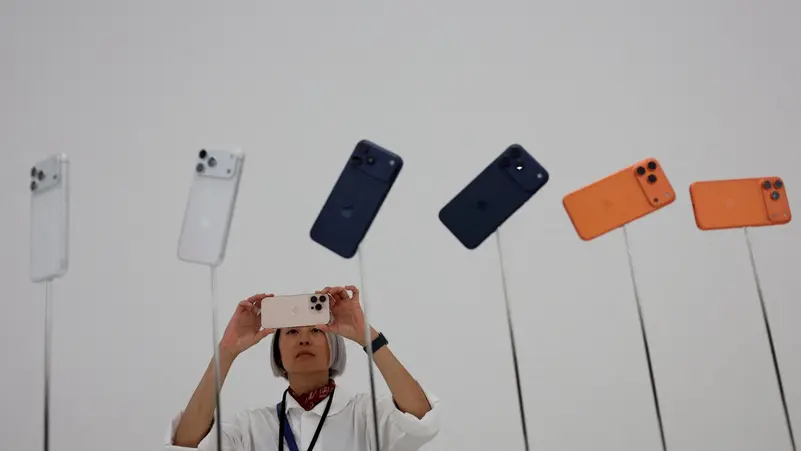Apple Unveils the Thinnest iPhone Ever: The New iPhone 17 Air
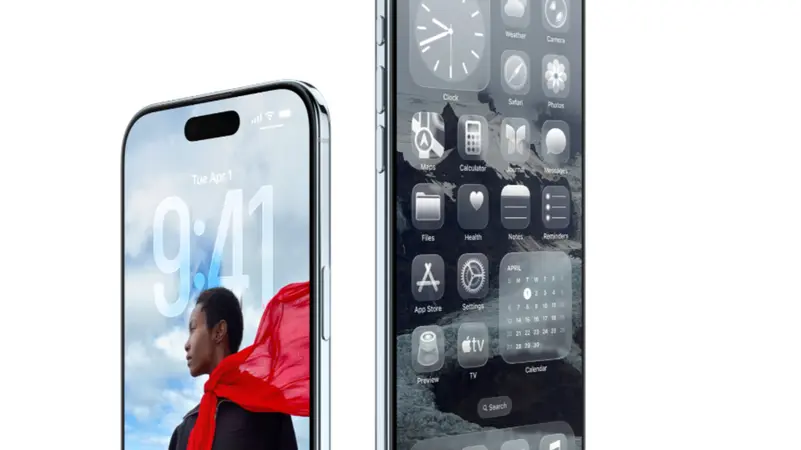
Apple has once again set the standard in smartphone design and engineering by introducing its slimmest iPhone to date — the iPhone 17 Air. Announced during the company’s biggest keynote of the year, CEO Tim Cook emphasized Apple’s continued focus on combining sleek design with advanced technology.
With a body measuring just 5.6mm in thickness, crafted from premium titanium, and powered by the A19 Pro chip, the iPhone 17 Air represents a bold step forward in Apple’s evolution of form and function.
A Bold Leap in Design
The iPhone 17 Air ditches the physical SIM slot entirely, relying solely on eSIM technology. Apple explained:
“We’ve been pioneers in eSIM adoption for years. It’s now an industry standard — easier to use, more secure, and space-efficient compared to the old plastic SIM card. For travelers, eSIM makes switching networks seamless.”
By eliminating the SIM tray, Apple saved valuable internal space, allowing the company to reduce thickness while still maintaining a powerful battery that supports up to 40 hours of video playback.
This makes the iPhone 17 Air slimmer than even the Samsung Galaxy S25 Edge (5.8mm) and significantly lighter, thanks to its titanium frame.
Display: A Pro-Level Experience in a Slim Body
Despite its ultra-thin frame, the iPhone 17 Air boasts a large 6.6-inch OLED display with ProMotion 120Hz refresh rate and peak brightness of 3,000 nits. This ensures buttery-smooth scrolling, vivid visuals, and professional-grade responsiveness — matching what’s available in Apple’s Pro models.
Whether watching HDR movies, gaming, or editing content, the display promises a true flagship experience.
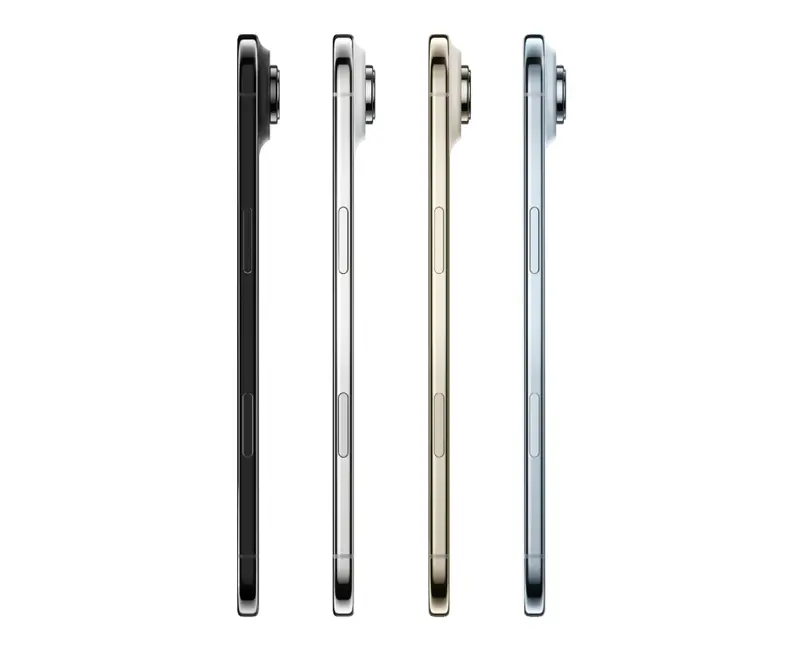
Performance: Powered by the A19 Pro
At the heart of the iPhone 17 Air is Apple’s A19 Pro chip, the same processor used in the iPhone 17 Pro and Pro Max. Combined with the N1 Chip for Wi-Fi 7 and Apple’s new C1X modem, the device delivers faster connectivity, superior energy efficiency, and industry-leading performance.
This ensures that even in a slimmer design, Apple did not compromise on raw power. Benchmarks already suggest that the A19 Pro will outperform competing flagship chips, making the iPhone 17 Air an ideal device for both casual users and creators.
Camera: Creativity Meets Portability
The iPhone 17 Air is equipped with a 48MP main sensor, a 12MP telephoto lens, and an 18MP selfie camera. Apple also introduced a brand-new feature: Center Stage Camera stabilization, designed to automatically keep users in frame while recording video — a major win for vloggers and content creators.
This innovation builds on Apple’s continued push into the creator market, as seen in the iPhone 17 Pro’s advanced camera capabilities. For many, the Air offers a balance of portability and performance without the Pro’s price tag.
Ultra-Thin Yet All-Day Battery
One of the biggest concerns about ultra-thin smartphones is battery life. Apple addressed this by designing a new compact yet powerful battery that lasts all day and supports up to 40 hours of video playback.
This is a remarkable achievement considering the slim profile of just 5.6mm. Thanks to Apple’s thermal efficiency improvements, the device remains cool during extended use.
New Accessories for the Air
Alongside the phone, Apple introduced a line of new accessories specifically designed for the iPhone 17 Air:
-
MagSafe Battery Pack for extra power on the go.
-
Two new cases: one transparent, the other made from polycarbonate.
-
A shoulder strap accessory, offering users a hands-free way to carry the device.
These accessories highlight Apple’s focus on making the iPhone Air not only a premium device but also a lifestyle product.
Price and Market Positioning
Apple priced the iPhone 17 Air at $999, effectively replacing the iPhone 16 Plus. By doing this, Apple preserved the $999 entry point while moving the Pro tier to $1,099 — the first price hike for Pro models since 2017.
This strategic pricing creates a new tiered ladder:
-
iPhone 17 Air: $999
-
iPhone 17 Pro: $1,099
-
iPhone 17 Pro Max: $1,199
Apple’s Strategy and Industry Impact
With the launch of the iPhone 17 Air, Apple is signaling a new design era where ultra-thin devices will set the benchmark. The Air competes directly with devices like the Galaxy S25 Edge while offering a superior iOS ecosystem, long-term updates, and deep integration with other Apple products.
Industry analysts suggest that Apple is leveraging the Air to target customers who prioritize design and portability but still want flagship-level performance.
Historical Perspective
Apple has a history of setting design milestones — from the iPhone 4’s glass-and-steel body to the iPhone X’s notch. The iPhone 17 Air continues this legacy by becoming the slimmest iPhone ever produced, pushing smartphone engineering into new territory.
The iPhone 17 Air is not just another smartphone; it’s a statement of Apple’s design philosophy. With its slim titanium build, eSIM-only connectivity, A19 Pro chip, powerful cameras, and premium display, it redefines what users can expect from an ultra-thin device.
At $999, it sits at the heart of Apple’s lineup, bridging the gap between affordability and innovation while setting new industry standards.
